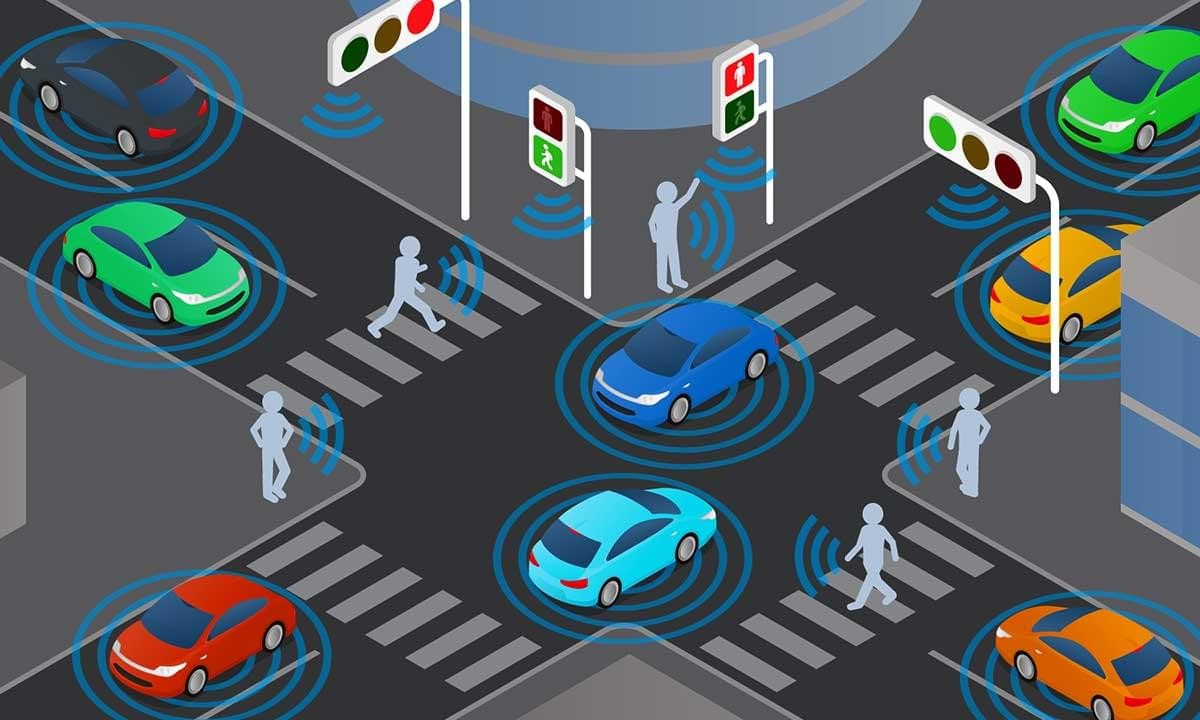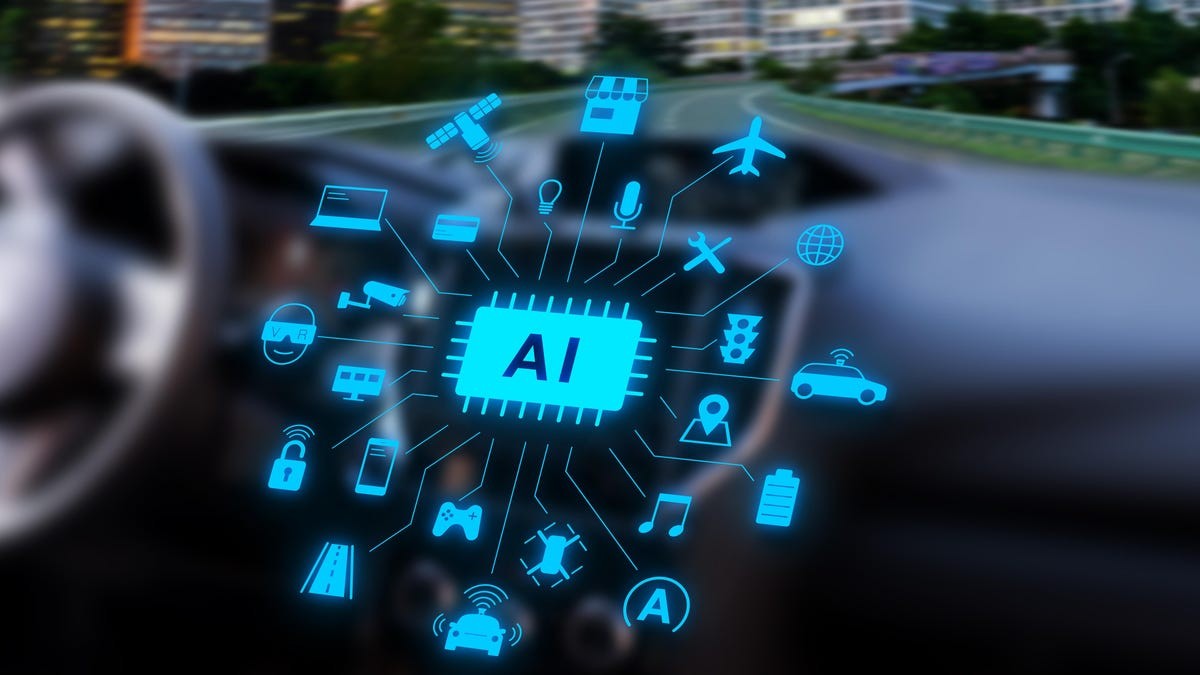- An Introduction to Self-Driving Car
- Machine Learning Algorithms and Techniques in Self-Driving Cars
- Localization for Self-Driving Cars
- Perception for Self-Driving Cars
- Hardware and Software Architecture of Self-Driving Cars
- Sensor Fusion for Self-Driving Car
- Self-Driving Car Path Prediction and Routing
- Self-Driving Car Decision-Making and Control System
- Cloud Platform for Self-Driving Cars
- Dynamic Modeling of Self-Driving Car
- Safety of Self-Driving Cars
- Testing Methods for Self-Driving System
- Operating Systems of Self-Driving Cars
- Training a YOLOv8 Model for Traffic Light Detection
- Deployment of Self-Driving Cars
Safety of Self-Driving Cars | Self Driving Cars
Self-driving cars and driver assistance systems have the potential to decrease collisions, prevent injuries, and save lives. Human mistakes or decisions account for 94 percent of all major motor vehicle collisions. A self-driving car that can see more and react quicker than human drivers might substantially minimize errors, collisions, and the costs associated with them.

Types of Errors for Self-Driving Cars
Different sorts of errors may be created when more autonomous approaches are used in the system. If such errors are not addressed correctly, they might result in serious safety concerns. A systematical examination of various sorts of AV technology faults or accidents would help in understanding the present state of autonomous safety. All components of the autonomy should work properly in order to assure autonomous safety.
Complex Social Interactions
Driving is an intensely social process that often necessitates complex interactions with other motorists, bikers, and pedestrians. To overcome the situation Human drivers use generalized intelligence and common sense, which robots still lack. The wrong predictions about other road user's psychology make cause errors.

Bad weather
Weather is a significant barrier for self-driving cars. Car sensors, like human eyes, don't operate as well in fog, rain, or snow. Furthermore, researchers currently trying to improve the response of self-driving cars in locations with benign climates.

Sensing and Perceiving Perception Error
This kind of error occurs when sensors data is failing to recognize the environment before it was too late. Multiple sensing devices are used in a self-driving system to sense environmental conditions and make real-time decisions. So errors in self-driving cars assessment of other road users' status, position, and movement, as well as traffic signals and other dangers, may cause a safety risk. Major sources of perception errors are,
- Hardware: Sensor failure or disconnection might lead to perception errors.
- Software: Malfunction of the software may cause misleading to the decision and action layers,
- Communication: Gestures, facial expressions, velocity, and the movement of road users are all examples of communication mechanisms. Miscommunication among road users may risk road safety.
Planning and Decision Error
The decision layer analyzes the perception layer's processed data, makes judgments, and provides the information that the action layer requires. Trajectory generation, obstacle avoidance, and maneuver manager are part of the decision-making system, whereas mission planning and route planning are part of the planning system. Errors in the system can be caused by leaving too little following space from the car ahead or driving too roughly.
Action and Performance Error
This might happen as a result of insufficient or improper evasive movements, overcompensation, or other faults in vehicle control. failure of the actuator's feedback variables and the feedback information may cause errors in the system.
Overcome Safety Issues
Still, it is very early days for self-driving cars, but it is clear that to get people's acceptance, they must operate as human-like as possible. This definitely requires that the machines we build emulate, and in some cases improve, how a human would perform in a specific situation. And improve safety issues to gain public acceptance.

Minimizing Perception Errors
To reduce perception mistakes, it will be difficult to properly identify, locate, and categorize items in the surrounding environment. Again, recognition and comprehension of human characteristics like posture, speech, and motion will be critical for a self-driving system.
Minimizing Decision Errors
A reliable, robust, and efficient decision-making system should be created to properly and quickly respond to the ambient environment. This should be accomplished through rigorous hardware and software testing.
Minimizing Action Errors
Actuators must be able to communicate with decision systems and execute commands from human operators or automated systems with high reliability and stability in order to achieve a safe self-driving system.
Cyber-Security
One of the most pressing problems for antivirus software will be cyber-security. A car may be hacked at any time, and hackers can take control of the vehicle's controls. As V2V (vehicle-to-vehicle communication) is used by self-driving cars so the other cars get controlling information of the car. So the securing that system could be extremely difficult. Still, researchers are improving the system.

Public Acceptance
Reduced traffic accidents, land use, congestion, and pollution are all factors that influence the public acceptability of self-driving cars. To achieve public acceptance three primary keys are,
- Safety
- Law
- Cost
The future of self-driving cars hinges on whether or not potential consumers see the vehicles as safe and are pleased with the applicable laws and prices of the car are affordable.
And three secondary keys are,- Productivity
- Efficiency
- Environmental impact
The selling factors will be raised if they can have a favorable impact on people's willingness to buy an autonomous vehicle. However, no matter how appealing autonomous automobiles are if they fail to meet a high enough standard of safety, legality, and cost.

Conclusion
Accidents might become a thing of the past if self-driving cars can reduce reaction time. People may be able to rely on it more if it can enhance safety, communication time, and fuel consumption rate. As long as people are ready to accept it, the adoption of self-driving vehicles has the potential to change the world.
Thank you for reading the article. For queries or suggestions, you can comment below. Your suggestions are always important to us.